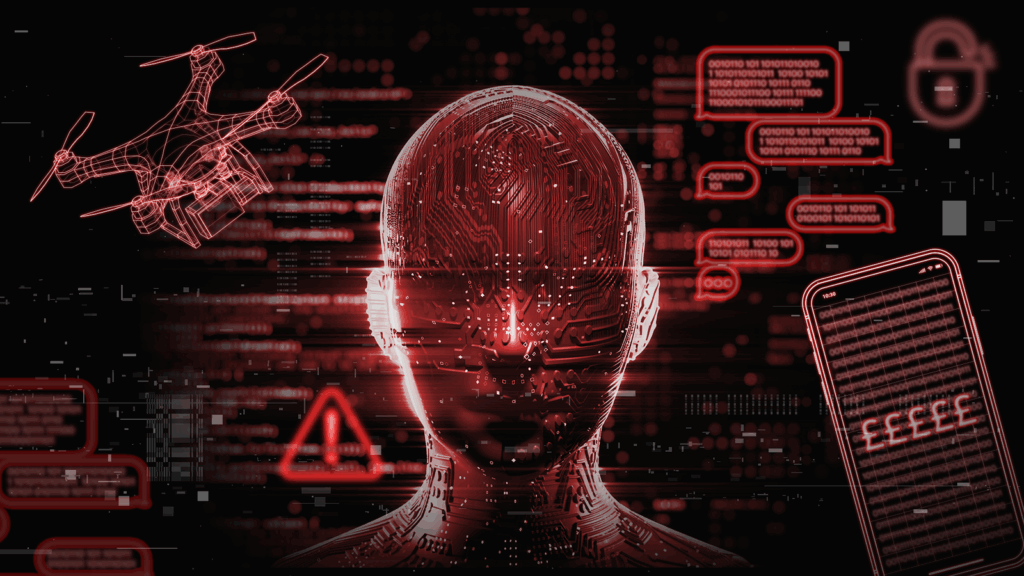On August 9, 2025 (Raksha Bandhan), tragedy struck on the Nagpur–Jabalpur highway. A speeding truck hit a couple riding a motorcycle, instantly killing the woman. In one of the most haunting visuals to circulate online, her grieving husband strapped her body to his bike and began riding back to their village in Madhya Pradesh.
The incident shocked the nation, not just because of the devastating loss, but because the only clue he could provide about the killer truck was that it had red markings. For any traditional investigation, this would have meant weeks of work, manually scanning thousands of vehicles. But Nagpur Rural Police cracked the case in just 36 hours, thanks to MARVEL, Maharashtra’s AI-powered crime-fighting force (JustAI).
How MARVEL Made the Breakthrough?
Maharashtra’s homegrown MARVEL (Maharashtra Advanced Research and Vigilance for Enhanced Law Enforcement) is an AI system designed specifically to help law enforcement agencies process huge amounts of data at lightning speed. When the Nagpur police turned to MARVEL, the platform analyzed CCTV feeds from multiple toll plazas along the route.
With just the detail of “red markings,” MARVEL deployed two AI algorithms simultaneously:
- Object detection – to filter out trucks with those markings from countless others.
- Speed analysis – to calculate which trucks matched the likely time and pace of the accident.
What could have taken investigators weeks was done in just 12–15 minutes. The truck was traced across states, nearly 700 kilometers away, and its driver, Satyapal Rajendra (28) was arrested in Farrukhabad, Uttar Pradesh.
The Human Side of the Story
While MARVEL’s technological achievement deserves attention, it was the human tragedy that gripped the nation. The viral video of the husband carrying his wife’s body tied to his motorcycle became a symbol of grief, helplessness, and resilience.
He later explained that no one came forward to help after the accident—forcing him to take that heartbreaking step. The circulation of that video created a sense of urgency that added moral weight to the police’s investigation.
Here, AI did not replace the human element; it responded to it. Public outcry and emotional pressure spurred authorities to turn to every tool available, including MARVEL, to bring swift closure to the case.
AI and the Changing Nature of Investigation in India
The Nagpur case highlights how AI is already reshaping law enforcement in India. MARVEL, launched in 2024, was conceived as a platform to equip the police with cutting-edge investigative tools. Instead of depending on third-party systems, it was built in partnership with state institutions to serve Maharashtra’s specific needs (JustAI).
This case is proof of concept. From minimal details—just “red markings”—an AI system could process massive data streams, filter relevant evidence, and generate actionable leads in record time. For investigators, this means:
- Faster justice – families aren’t left waiting for months.
- Reduced human error – AI can scan and cross-check with consistency.
- Cross-state reach – criminals can no longer rely on fleeing across jurisdictions.
It also signals a broader shift. India is increasingly exploring AI not only for predictive policing but also for tackling organized crime, cyber fraud, and even public safety surveillance. MARVEL stands at the center of this new phase, and the Nagpur hit-and-run shows how it can directly impact lives.
CONCLUSION
The Nagpur hit-and-run case demonstrates how AI is no longer a futuristic concept in policing, it is a present reality in India. With MARVEL, Maharashtra Police solved a case in 36 hours that would otherwise have dragged on for weeks.
But beyond the efficiency, what stands out is the human story: a grieving husband, a viral video, and the need for justice that resonated across the country. MARVEL was the bridge between that demand for justice and the system’s ability to deliver it.
As India continues to adopt AI in law enforcement, cases like this remind us that while technology can accelerate justice, it is ultimately human tragedy and human empathy that drive its purpose.

